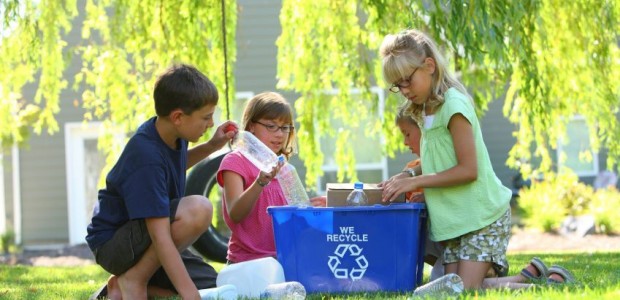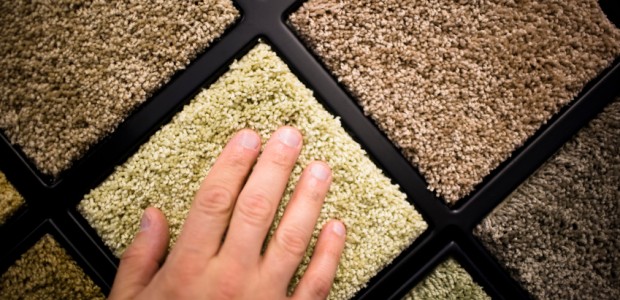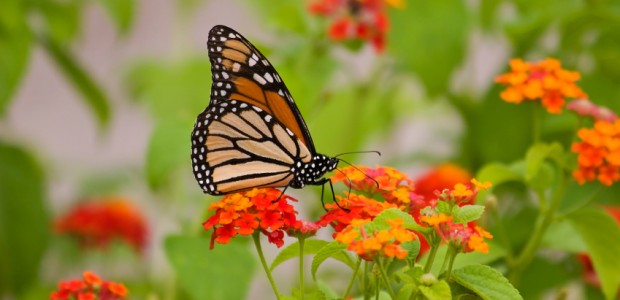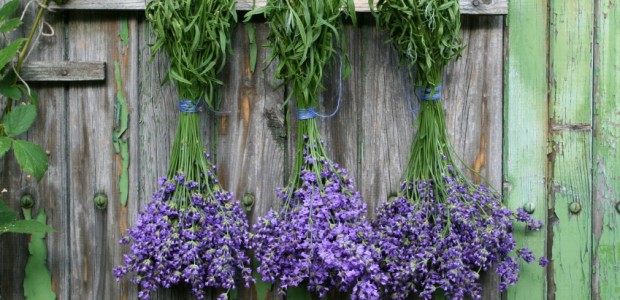It is a challenge for gardeners in hot climates to maintain a working food or flower garden without using a ton of water. With water shortages prevalent throughout the south, it is important to consider planning your garden with water conservation in mind. Not only will it help the environment, it will preserve the health of your soil and vitality of your crop.
A common problem with over-head watering is the salt that builds up in the dirt from evaporation. When garden water evaporates, it leaves salts and other trace minerals behind which eventually can have negative consequences for the soil, which was one of the main problems during the great depression and the famous dust bowl .
There are a number of steps you can take to assure that minimal water will be wasted, while getting a maximum yield from your crop whether that is flowers or food.
A great way to conserve water is through the manipulation of the garden plot. To build a low water herb spiral, you’ll want to dig a bowl-shaped hole in the desired location. Pick an area of yard with adequate sunshine for a good portion of the day.
- Dig the circle down about a foot deep and about three feet in diameter. You’ll want to have enough room for all of the herbs or flowers you plan to sow, making sure to leave at least 6 inches between each plant, also accounting for the width of that plant.
- Layer about 4″ of gravel on the bottom, building a rock spiral off of that foundation. Fill the remaining structure with good quality potting soil. The gravel will hold the water at the bottom, keeping the soil at a regular moisture level without over-saturating.
This and other techniques can be utilized to conserve water without a bunch of consistent hassle. Just dig the spiral, lay the gravel, do some initial watering sufficient for transplanting, and watch it grow. This low maintenance herb spiral will last a long time, and collect rain water without any help from you. Happy gardening!









